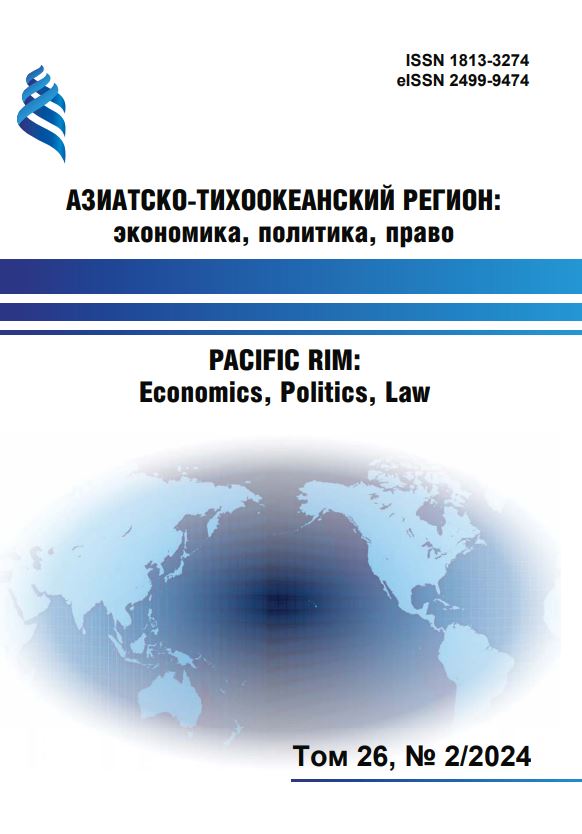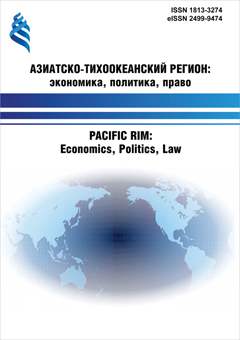ASEAN Participation in Resolving Disputes in the South China Sea
DOI:
https://doi.org/10.24866/1813-3274/2024-2/128-135Keywords:
ASEAN, China, South China Sea, international politics, international law, territorial disputes, regional stabilityAbstract
This article examines China's past approach to resolving its claims, noting that when resolving a territorial dispute, a state may pursue any of these three general strategies: cooperation, escalation, or delay. As part of a cooperative strategy, a state may offer to either cede control of disputed territory or renounce its claims to that territory without threats or use of force. In an escalation strategy, a state may resort to coercive diplomacy to achieve a favorable outcome at the negotiating table or use threats or force to gain control of disputed territory. In the delay strategy, on the other hand, the state can assert its claims in the dispute, without offering concessions or using force. A delaying strategy allows the applicant state to gain time to strengthen its position and achieve a more desirable result. This strategy also allows a state to strengthen its claims and control over disputed territory either through diplomatic means or through military actors.
Downloads
Downloads
Published
Issue
Section
License
Copyright (c) 2024 Леанг Тангсотх

This work is licensed under a Creative Commons Attribution-NonCommercial-NoDerivatives 4.0 International License.



